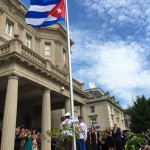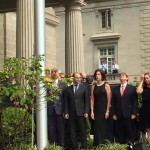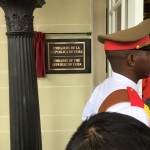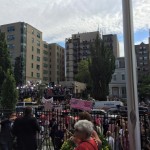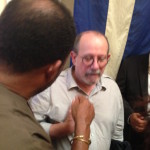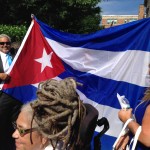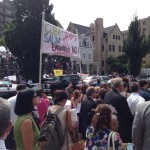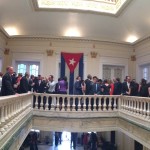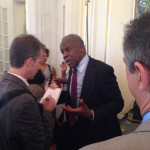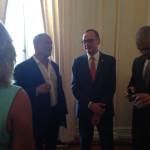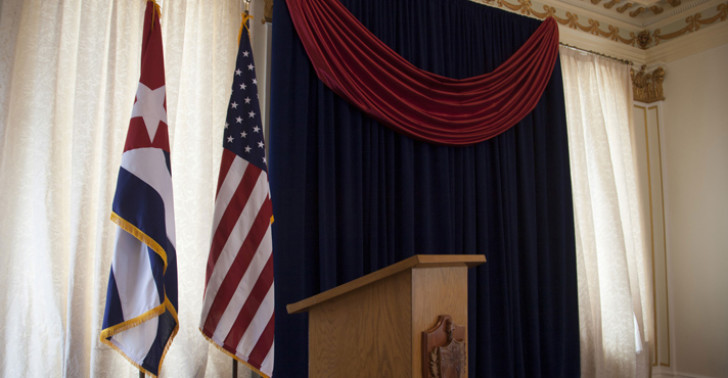
Embassies reopen after half a century (+ Photos)
HAVANA — At first sight, it seems surprising that the reestablishment of diplomatic relations between Cuba and the United States took almost 55 years.
We, who as young people saw the flags go down in Havana and Washington, have become exceptional witnesses to the past. Many things have changed in this period of time, so many that it would be impossible to describe them.
However, the key to understand the phenomenon continues to be a shared history that goes back to the origin of the two nations. For better or for worse, Cuba has never been indifferent to the United States and has generated passions, also good and bad, that have been uncommon in its relationship with other countries.
The Cuban Revolution transformed the vision of what supposedly was the Cuba the Americans liked and turned it into what they hated most: “a communist country.” The massive arrival of Cuban immigrants “fleeing from that regime of terror” completed a demonized image that reached a concrete dimension in the United States’ political life through the actions of the so-called far-rightist Cuban-American lobby.
The Cuban Revolution also altered doctrinal and practical premises of U.S. foreign policy. Cuba was the world’s first neocolony and the model was invented by the United States. For its part, the Cuban Revolution was the first victorious anti-neocolonialist revolution in history and took place precisely when the United States expanded this model of domination as the basis for its world hegemony.
To the United States, putting an end to the Cuban Revolution was important not only for the sake of Cuba but also for the threat that its example and execution meant for the Third World. The U.S. thought it would do so swiftly and utilized almost all the means available to achieve it. They couldn’t — and the countdown began that ended yesterday (Monday 20 July).
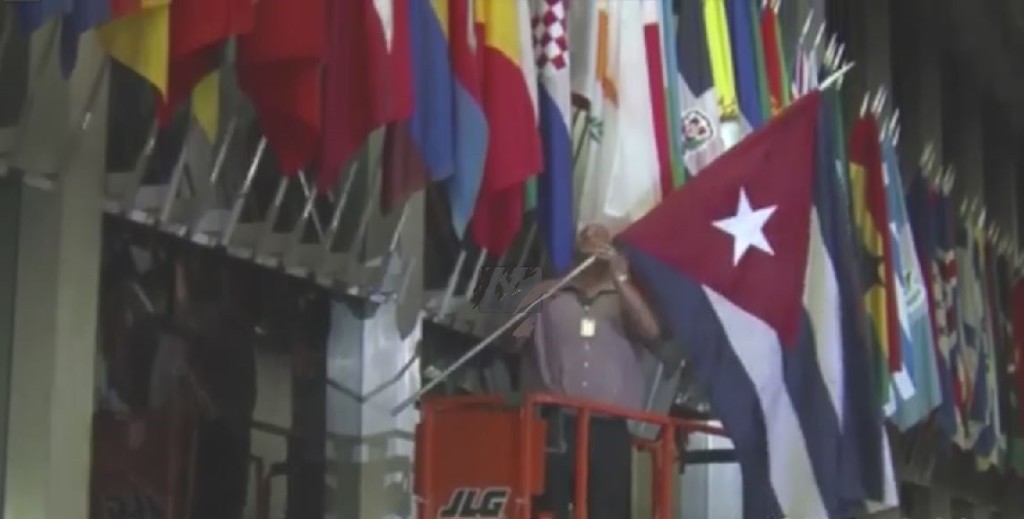
In the context of the Cold War, any solution to the Cuban case went through the strategic visions of the bipolar world. Several U.S. presidents attempted it: Kennedy, after the scare of a possible nuclear war; Nixon and Ford, in the framework of an accommodation with the Soviet Union, although they weren’t very sure that Cuba fit the concept of “peaceful coexistence.” Carter moved forward more than any others but couldn’t reach the end of the road.
Supposedly, the end of the Cold War had eliminated the strategic factors that had justified U.S. intransigence with Cuba, i.e., the promotion of armed revolution in the world and the balance with the Soviet Union, but the unipolar world didn’t accept dissidence and the Cuban Revolution, by its very existence, continued to be a threat to the existing international order.
Why is it possible to do now what couldn’t be done before?
Because the world has changed and it is evident that it wasn’t Cuba’s fault. The United States has needs much more pressing in its foreign policy and, paradoxically, rather than being a problem, Cuba has become a factor that can contribute to find some solutions. Secretary of State John Kerry said so on July 20, referring to the positive role that Cuba can play in the relations between the U.S. and Venezuela and in the solution of the armed conflict in Colombia.
In any case, the new policy toward Cuba has been hailed everywhere, especially in Latin America and the Caribbean, and that represents a breathing space for the conflicts that the United States faces worldwide.
Also, because the American people have seen too much to continue to believe the tale that Cuba is hell on earth. This is a justification of the axiom that “You can fool all the people some of the time, and some of the people all the time, but you can’t fool all the people all the time.”
Not only has the social base that supported the policy against Cuba been significantly reduced, especially in the Cuban-American community, but also the improvement in relations with Cuba has contributed to increase President Obama’s popularity in his own country.
Finally, this event has been made possible by the will and skill of both governments. Before Dec. 17, 2014, not even the most optimistic observers could predict that the national flags would fly at both countries’ embassies so soon. Both sides have negotiated with objectivity and transparency; each side has defended its position and has convinced a majority of its people.
If any of you thinks that this was easy, let me remind you that it took half a century.
(Photos above were taken by Antonio C. Martinez II. They appear in his Facebook page. There are also photos taken by Progreso Weekly staff.)

